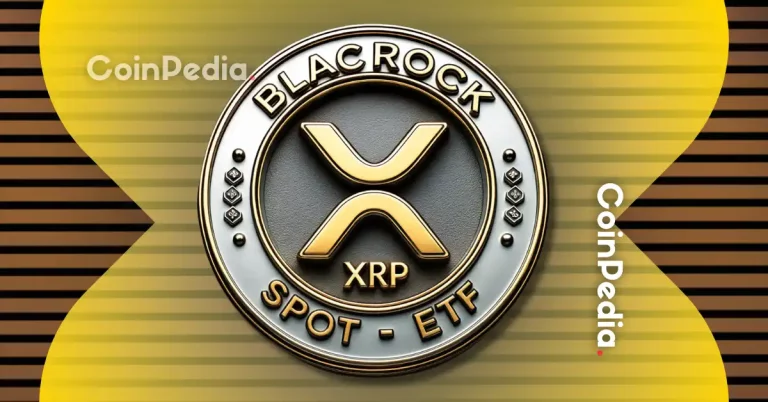
Ethereum Holders Are More Active with Their Coins Than Bitcoin Investors
Blockchain behavior analysis reveals a striking difference between Ethereum (ETH) and Bitcoin (BTC) holders. According to a recent report from Glassnode, Ethereum holders tend to move, sell, and spend their coins far more frequently than Bitcoin holders. Let’s explore why Ethereum sees more utility-driven activity compared to Bitcoin’s long-term storage use case.
Bitcoin: The ‘Digital Gold’
Bitcoin continues to live up to its reputation as “digital gold.” The blockchain data firm Glassnode indicates that Bitcoin investors often treat BTC as a savings asset. Coins are largely hoarded in wallets by these ‘diamond hands,’ resulting in low turnover. Data also shows that an increasing percentage of BTC is being migrated into long-term holding solutions, diverting supply from exchanges and reducing overall transactional activity.
Why Ethereum Sees Higher Activity
Contrary to Bitcoin, Ethereum behaves more like “digital oil.” Glassnode’s report highlights that ETH serves as the fuel powering the Ethereum network’s vast ecosystem of decentralized applications (DApps) and smart contracts. This utility drives higher transaction activity, as ETH is essential for paying gas fees and enabling functionalities of DeFi platforms, NFT marketplaces, and decentralized exchanges.
Ethereum’s design promotes higher mobility among its holders. Data points reveal that Ethereum’s long-term holders mobilize their older coins at rates three times higher than Bitcoin, reflecting its dual-purpose nature: a transactional currency and collateral for various blockchain operations.
Ethereum Staking and Long-Term Holding
Despite its higher transactional activity, Ethereum still retains a solid foundation as a store of value. According to Glassnode, one in every four ETH tokens is currently locked in native Ethereum staking mechanisms or held within exchange-traded funds (ETFs). This staking activity showcases how Ethereum is emerging as both a utility and store-of-value asset.
Investors engaging in staking can check out platforms like Coinbase Staking, which allows users to earn rewards with ETH while supporting the network’s security. Coinbase is a secure and beginner-friendly option for anyone looking to start staking.
The Numbers Behind the Markets
At the time of the report, Ethereum was trading at around $3,208, reflecting a 4.5% decline over the past week, while Bitcoin stood at $95,992, down roughly 6% within the same timeframe. Both assets are still recovering from their all-time highs of $4,946 for ETH and $126,088 for BTC, respectively. However, the market trends for these cryptocurrencies are clearly influenced by their distinct purposes and their holders’ behavior.
Conclusion
Ethereum’s transactional nature and utility as a smart contract platform differentiate it sharply from Bitcoin’s store-of-value appeal. This utility-driven behavior highlights the evolving role of blockchain assets in the digital economy. As these trends persist, it’s clear that Ethereum will continue to be a critical player in the crypto space, particularly for those interested in decentralized finance and staking opportunities. Whether you’re new to cryptocurrency or a seasoned investor, understanding these dynamics can help you navigate this dynamic market more effectively.



